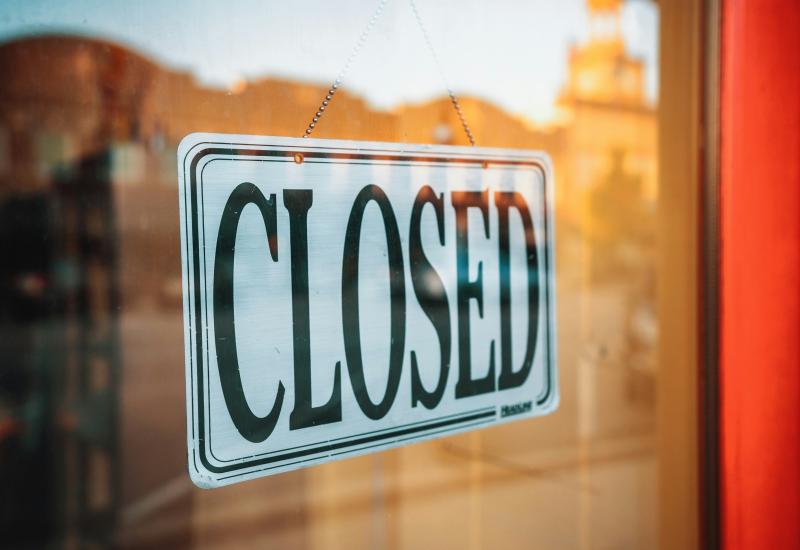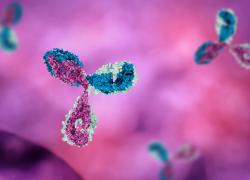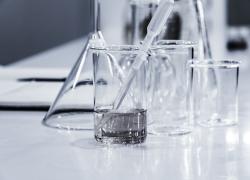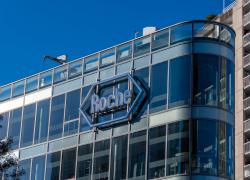
Next for Trodelvy: small-cell lung cancer
Second-line NSCLC is a $1.8bn write-off, and Gilead plans phase 3 in SCLC.
Second-line NSCLC is a $1.8bn write-off, and Gilead plans phase 3 in SCLC.

While Gilead's Trodelvy continues against the odds to carve out a small but growing niche in breast cancer, expanding the drug into lung cancer remains problematic. On Wednesday the group revealed that, having hit a regulatory roadblock, it was discontinuing all work to develop the TROP2-directed ADC in second-line NSCLC.
Though that might not surprise many people, a measure of how important this setting once was is reflected in Gilead accordingly having to write off $1.8bn of the carrying value of Immunomedics, Trodelvy's originator, acquired for $21bn in 2020. Now the company says it will prioritise Trodelvy's NSCLC use on the front line, as well as launching a pivotal programme in SCLC.
Gilead's confidence in the latter indication comes from the results of a phase 2 solid tumour basket trial, Tropics-03, which included a SCLC cohort of patients who had progressed after anti-PD-L1 therapy and platinum chemo. In these patients the ORR was 42%, while median PFS and OS came in at 4.4 and 14 months respectively.
As a result of these numbers Gilead said on its third-quarter call that it would advance Trodelvy into a phase 3 trial in extensive-stage SCLC. However, it gave no timeline for this move, and didn't specify the SCLC setting; pivotal development might focus on the relapsed setting of Tropics-03, but first-line SCLC, in combination with Tecentriq or Imfinzi and chemo, is also a possibility.
NSCLC not so good
Tropics-03 also included relapsed NSCLC patients, but no results from this cohort have ever been revealed.
Subsequent confounding data from the phase 3 Evoke-01 study, also in second-line NSCLC, suggested why the earlier results had remained under wraps, notwithstanding Gilead's suggestion at the time that it would attempt filing based on a subset of Evoke-01 patients who never responded to PD-(L)1 blockade.
In August Gilead revealed that this had been discussed with the FDA, but that the regulator had refused to support such a path. Now comes the news that the group has "decided to discontinue further evaluation of Trodelvy in second‐line-plus NSCLC, based on discussions with regulators following the Evoke‐01 readout".
As for the impact on Gilead's financials, the $1.8bn write-off leaves another $1.8bn Trodelvy intangible still on the balance sheet, relating solely to first-line NSCLC. True, these are non-cash items, but they illustrate starkly how overpriced the Immunomedics acquisition was. Gilead added that Trodelvy development embarked on after the deal, including in SCLC and endometrial cancer, wasn't reflected on its balance sheet.
Selected Trodelvy studies in lung cancer
| Trial | Setting | Results? |
|---|---|---|
| Evoke-01* | 2nd-line NSCLC, vs docetaxel | ORR 14% vs 18%, mOS 11.1mth vs 9.8mth, not stat sig; development discontinued |
| Evoke-02 | 1st-line NSCLC, + Keytruda (cohorts A-B) | ORR 69% in PD-L1 ≥50%; ORR 44% in PD-L1 <50% |
| 1st-line NSCLC, + Keytruda + chemo (cohorts C & D) | Squamous: ORR 39%, mPFS 8.3mth | |
| Non-squamous: ORR 45%, mPFS 8.1mth | ||
| Evoke-03* | 1st-line PD-L1 ≥50% NSCLC, + Keytruda, vs Keytruda | “Totality of Evoke-02 data support Evoke-03”; Trodelvy + PD‐1 inhibitor, without chemo, “may have the greatest potential in this setting” |
| Tropics-03 | NSCLC cohort, post PD-(L)1 + chemo | Data once expected in 2021, but never revealed |
| SCLC cohort, post PD-(L)1 + chemo, max 4th line | ORR 42%, mPFS 4.4mth, mOS 14mth |
Note: *phase 3 trial; others are phase 2. Source: OncologyPipeline.
While this, and the recent withdrawal of Trodelvy's bladder cancer label after the failure of the confirmatory Tropics-04 study, amounts to a setback, the drug's breast cancer use continues to deliver – in spite of pressure from Enhertu, and the future threat of competing anti-TROP2 ADCs.
Gilead insists that Trodelvy remains well positioned, having become the standard of care for second‐line triple‐negative breast cancer, and seeing "ongoing adoption" in the pretreated ER-positive/HER2‐negative setting. Indeed, the drug's third-quarter sales rose 17% to $332m, and the past 12 months of revenue stands at $1.3bn.
That Trodelvy is thus set to enjoy its second year as a blockbuster offers some solace, but the $21bn outlay for Immunomedics shows how much more Gilead had hoped for.
The Topics-02 and 03 data in this story have been updated.
2934













